Table of Contents
Introduction to Seasoning Names
Seasoning names are the foundation of flavor in cooking. Understanding these terms helps home cooks transform ordinary meals into extraordinary dishes. Each seasoning name represents specific flavor characteristics, origins, and culinary applications that can elevate your cooking skills.
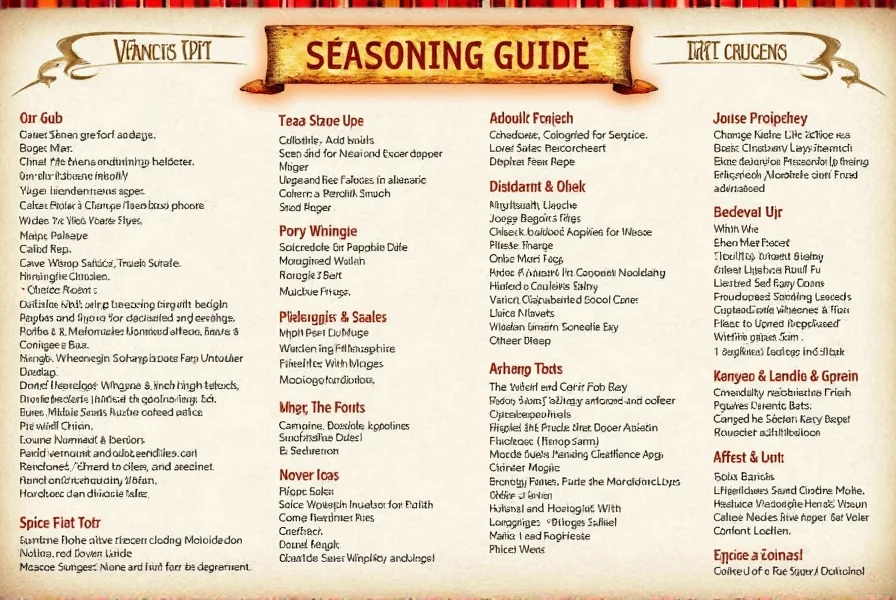
This guide explains common seasoning names, their flavor profiles, and practical usage tips to help you confidently enhance your dishes without overwhelming complexity.
Essential Seasoning Categories and Their Uses
Seasonings can be grouped by flavor characteristics to simplify selection and usage:
- Heat-Inducing Seasonings: Cayenne, chili powder, and habanero provide varying levels of spice for bold flavors.
- Sweet and Warm Seasonings: Cinnamon, nutmeg, and cardamom add comforting aromas to both sweet and savory dishes.
- Bitter and Earthy Seasonings: Turmeric, coriander, and mustard seeds create depth and complexity in recipes.
- Herbal and Fresh Seasonings: Basil, oregano, and thyme deliver bright, green notes ideal for Mediterranean dishes.
- Salty and Umami Seasonings: Salt, soy sauce, and miso enhance natural flavors and add savory richness.
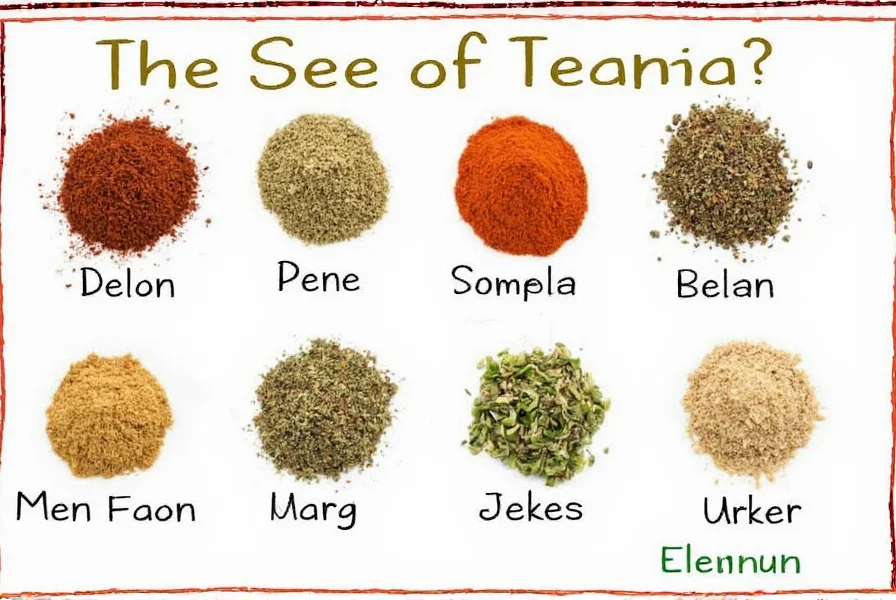
| Seasoning Name | Flavor Profile | Typical Use |
|---|---|---|
| Cumin | Earthy, nutty, slightly smoky | Mexican, Indian, Middle Eastern cuisines |
| Paprika | Smoky, sweet, or spicy depending on type | Spanish, Hungarian, and American dishes |
| Garam Masala | Warm, aromatic, complex | Indian cuisine, especially in curries |
| Garlic Powder | Garlicky, pungent | Seasoning for meats, soups, and stews |
| Black Pepper | Peppery, sharp, with a slight heat | Used in almost every dish as a base seasoning |
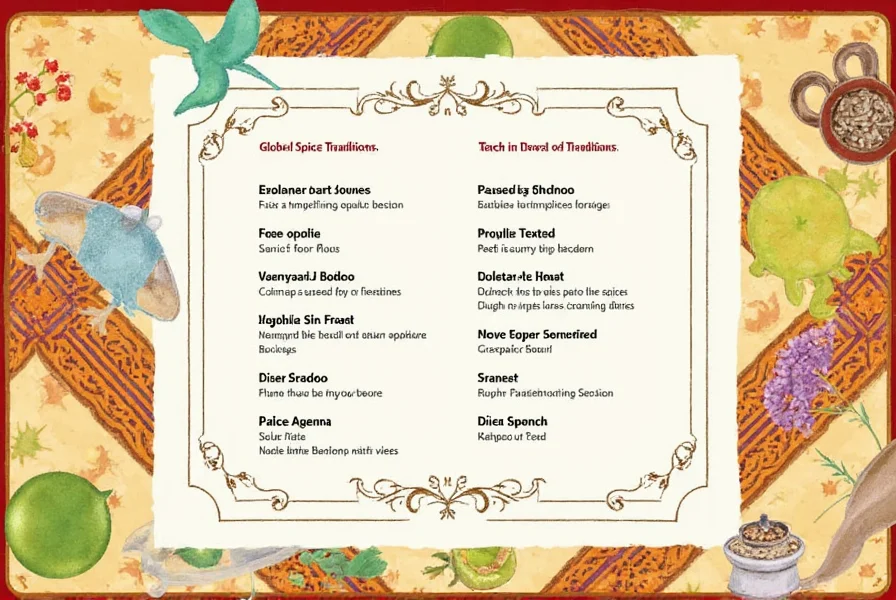
These foundational seasonings form the basis for countless recipes. Understanding their characteristics helps you make informed choices when cooking.
Top 5 Practical Tips for Using Seasonings
Mastering these simple techniques will improve your seasoning application:
- Know the Difference Between Paprika and Chili Powder: Paprika is primarily pepper-based with smoky or sweet notes, while chili powder is a blend containing paprika plus cumin and garlic.
- Use Garam Masala Sparingly: This potent blend adds depth but can overpower dishes—start with small amounts.
- Pair Cumin with Coriander: These complementary spices work beautifully together in many global cuisines.
- Don't Overlook Black Pepper: Its sharp flavor enhances almost any dish and balances other seasonings.
- Experiment with Herb Combinations: Try basil with oregano or thyme with rosemary for fresh, aromatic results.
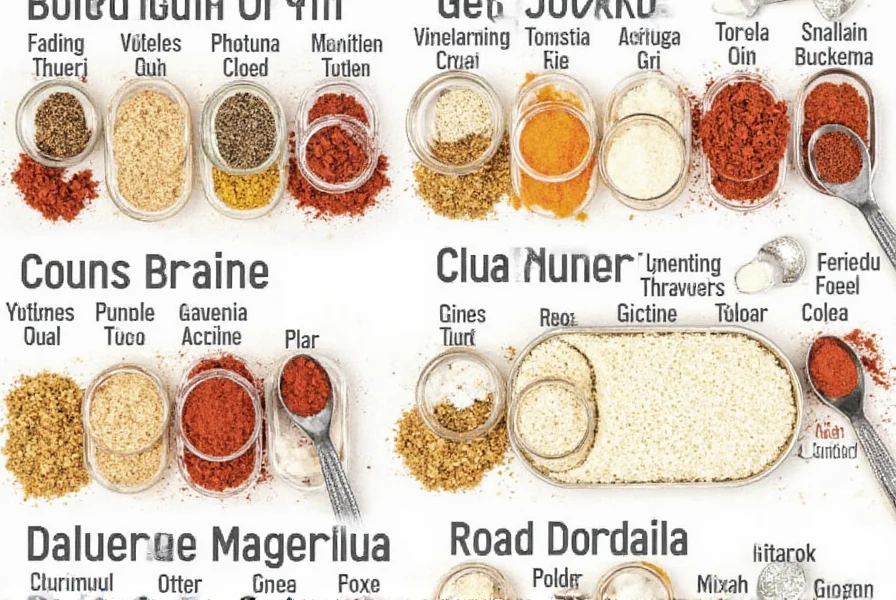
These tips help you build confidence in seasoning selection without complicated techniques.
Buying Guide for Key Seasonings
When selecting seasonings, consider these quality factors:
Cumin
Features: Warm, earthy, and slightly smoky. Available as whole seeds or ground.
Advantages: Adds depth to dishes and is essential in many global cuisines.
Use Cases: Tacos, curries, and stews.
Storage Tip: Store in a cool, dark place to preserve freshness.
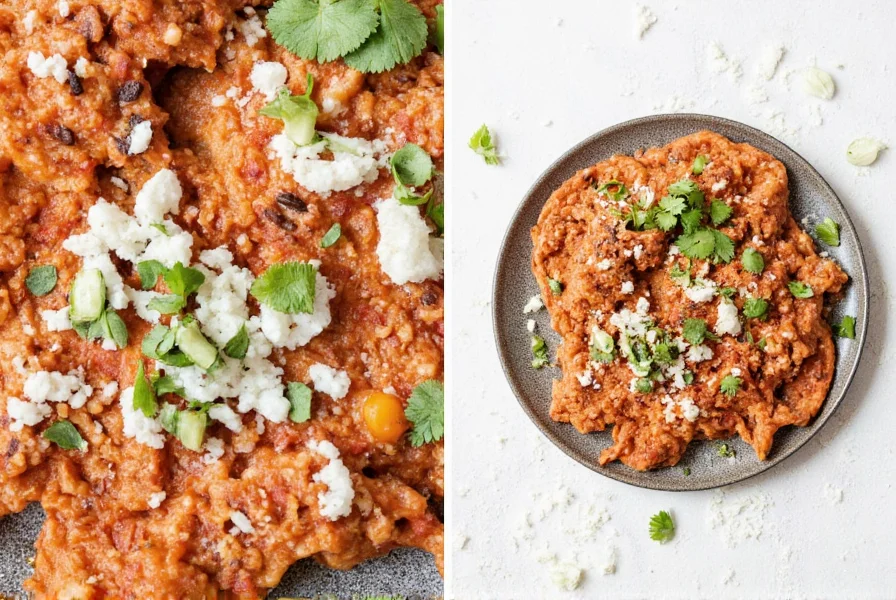
Garam Masala
Features: Blend of cardamom, cinnamon, cloves, and other warming spices.
Advantages: Creates rich, aromatic flavors in Indian dishes.
Use Cases: Curries, lentils, and roasted vegetables.
Storage Tip: Buy small quantities to maintain potency.
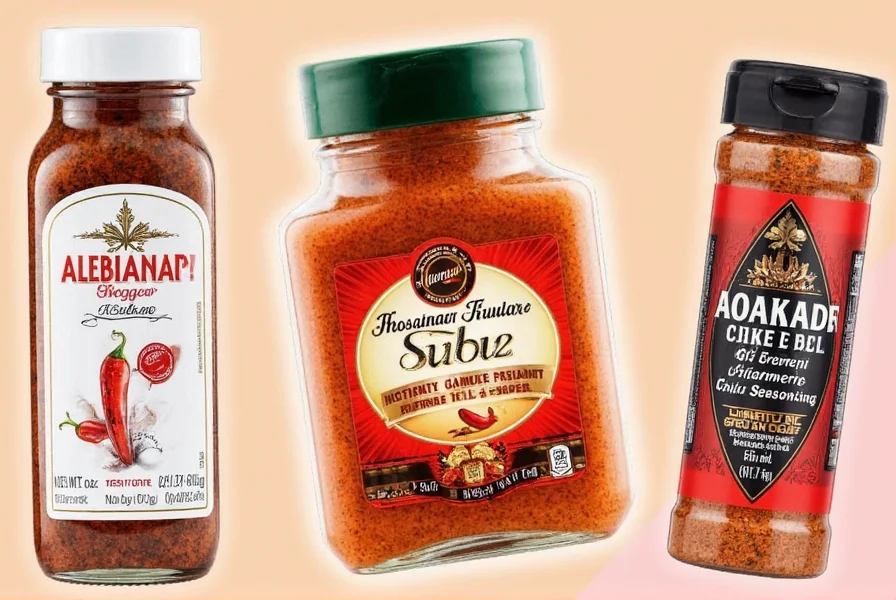
Paprika
Features: Available in sweet, smoked, and hot varieties.
Advantages: Adds vibrant color and subtle flavor to dishes.
Use Cases: Spanish chorizo, Hungarian goulash, and barbecue sauces.
Storage Tip: Protect from light to prevent flavor degradation.
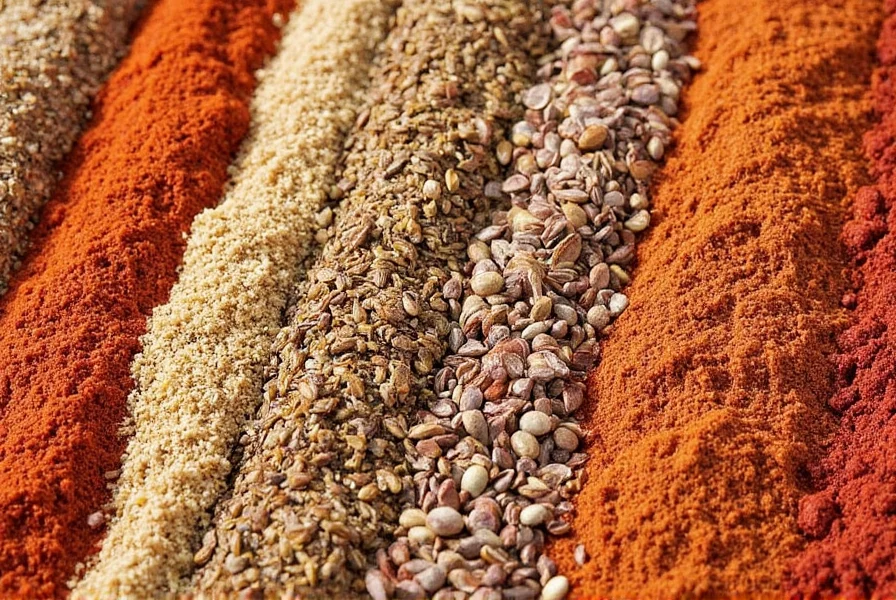
Garlic Powder
Features: Dehydrated garlic with concentrated flavor.
Advantages: Convenient alternative to fresh garlic with longer shelf life.
Use Cases: Meat rubs, soups, and marinades.
Storage Tip: Keep in an airtight container away from moisture.
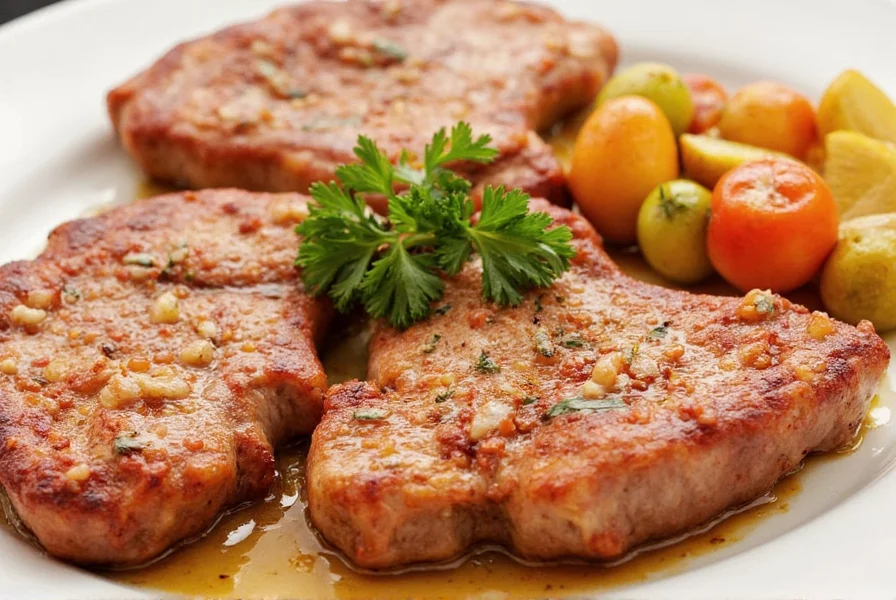
Black Pepper
Features: Sharp, peppery, with subtle heat.
Advantages: Enhances nearly any dish and complements other seasonings.
Use Cases: Salads, steaks, and everyday cooking.
Storage Tip: Whole peppercorns retain flavor longer than pre-ground.
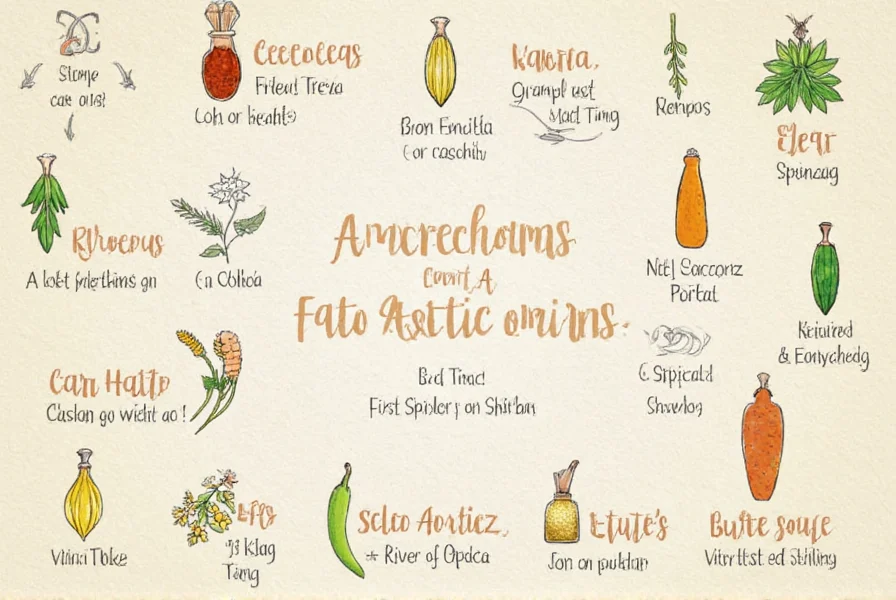
When purchasing seasonings, check expiration dates and choose products without fillers. Quality seasonings can transform simple ingredients into memorable dishes.
Conclusion
Seasoning names are more than labels—they're tools for flavor mastery. By understanding these common seasonings and their applications, you can confidently enhance your cooking without complexity. Start with these foundational options and gradually expand your collection as your skills grow.
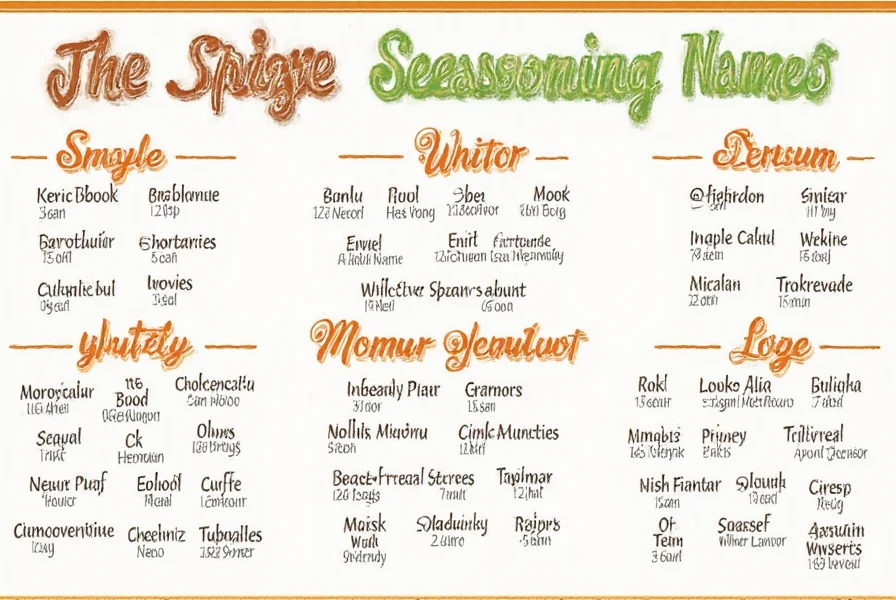
Frequently Asked Questions About Seasoning Names
What's the difference between spices and seasonings?
While often used interchangeably, "spices" typically refer to dried plant parts like seeds or bark, while "seasonings" is a broader term including spices, herbs, salts, and other flavoring agents. All spices are seasonings, but not all seasonings are spices.
How long do seasonings typically last before losing potency?
Ground spices retain flavor for 6-12 months, whole spices last 1-2 years, and dried herbs last about 1 year. Check aroma—if it's faded, the flavor has likely diminished.
What are the most versatile seasonings for beginners?
Start with salt, black pepper, garlic powder, onion powder, paprika (sweet and smoked), cumin, and dried oregano. These form the foundation for countless dishes across cuisines.
How can I tell if my seasonings have gone bad?
Faded color, loss of aroma, or musty smell indicate reduced potency. Taste a small amount—if flavor is weak or stale, replace them. Seasonings don't spoil but lose effectiveness over time.
What's the difference between paprika and chili powder?
Paprika is made solely from ground peppers and ranges from sweet to hot. Chili powder is a blend containing paprika plus cumin, garlic powder, and oregano. Paprika highlights pepper flavor, while chili powder offers a more complex spice profile.

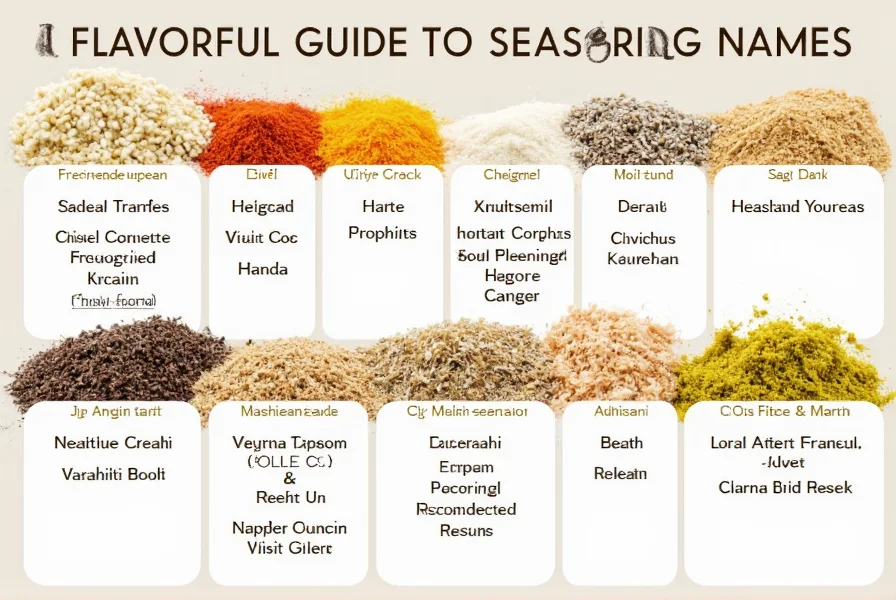









 浙公网安备
33010002000092号
浙公网安备
33010002000092号 浙B2-20120091-4
浙B2-20120091-4